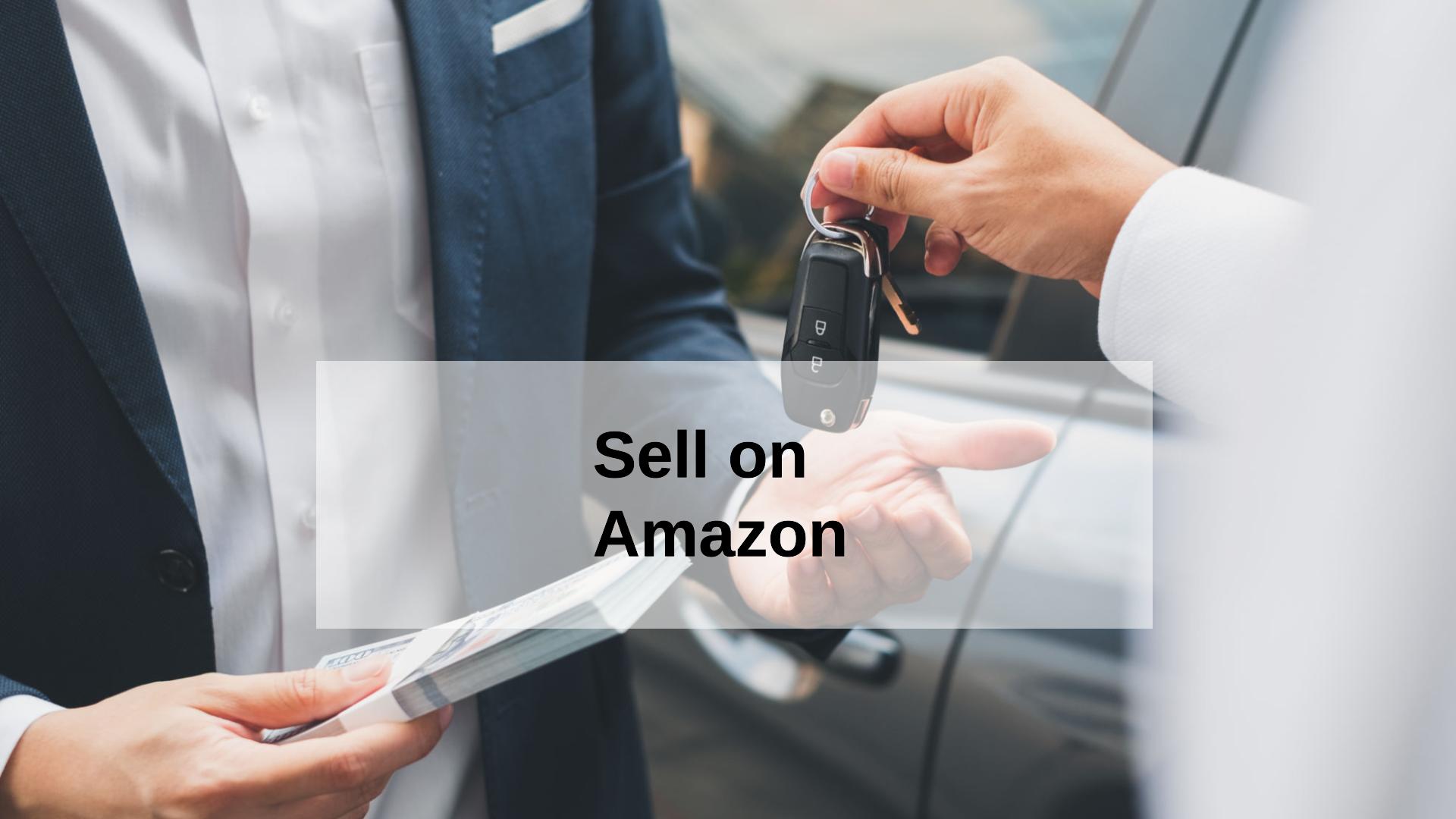Address
B-68, 40 Feet Rd, Block D 1, Market, Chanakya Place, New Delhi, Delhi, 110059

Discover the cost to sell on Amazon. Explore fees, pricing models & more. Optimize your selling strategy & maximize profits. Get started now!"
Selling on Amazon has become a lucrative opportunity for businesses of all sizes. However, understanding the associated costs is crucial for maximizing profitability. In this guide, we'll delve into the various expenses involved in selling on Amazon and provide valuable insights into cost optimization strategies.
Before diving into the world of Amazon selling, businesses need to consider several initial setup costs. This includes account registration fees, product listing fees, and expenses related to photography and content creation. Partnering with a web design company for custom web design services can ensure a professional and engaging presence on the platform, enhancing visibility and credibility.
Fulfillment costs are a significant aspect of selling on Amazon, especially for those utilizing Fulfillment by Amazon (FBA) services. Sellers incur fees for storage, shipping, and packaging, which can impact overall profitability. Opting for ecommerce website design that integrates seamlessly with Amazon's fulfillment processes can streamline operations and minimize costs.
Amazon charges referral fees for each product sold on its platform, typically based on the product category. Understanding these fees is essential for pricing products competitively while maintaining profitability. Partnering with the best digital marketing agency can help sellers optimize product listings and maximize visibility, thereby increasing sales and offsetting referral fees.
To stand out among competitors on Amazon, sellers often invest in advertising and promotional campaigns. Sponsored product ads and Amazon PPC campaigns incur costs but can significantly boost product visibility and sales. Leveraging local SEO services can also enhance visibility in local search results, driving targeted traffic to product listings without relying solely on paid advertising.
Sellers have the option to choose between individual and professional selling plans on Amazon, each with its own set of fees. While individual plans incur per-item selling fees, professional plans require a monthly subscription fee. Assessing sales volume and business needs can help determine the most cost-effective plan for long-term success.
In addition to the aforementioned costs, sellers may encounter additional expenses such as returns and refunds, currency conversion fees for international sales, and professional services like reputation management services. Managing these expenses effectively is essential for maintaining healthy profit margins and sustainable growth.
To accurately assess the profitability of selling on Amazon, sellers must calculate their total selling costs. This involves analyzing all expenses incurred, including setup costs, fulfillment fees, referral fees, advertising expenses, and any other miscellaneous costs. Utilizing accounting software or enlisting the help of financial professionals can streamline this process.
To mitigate selling costs and maximize profitability on Amazon, sellers can implement various cost optimization strategies. This may include negotiating lower fees with suppliers, optimizing product listings for higher conversions, and closely monitoring and adjusting advertising spend based on performance metrics.
Examining real-world examples of successful Amazon sellers can provide valuable insights into effective cost management strategies. From optimizing product listings to leveraging promotional campaigns, these case studies highlight actionable tactics for minimizing expenses and maximizing profits.
While selling on Amazon offers immense opportunities for growth, there are common pitfalls that sellers must avoid. Underestimating fulfillment costs, ignoring hidden fees, and failing to adapt to changes in Amazon's fee structure can all erode profitability over time. Awareness of these pitfalls is essential for long-term success.
As sellers grow their Amazon businesses, scalability becomes a key consideration. Reinvesting profits into growth strategies, expanding product offerings, and leveraging Amazon's tools and resources are essential for scaling operations and increasing revenue over time.
For newcomers to the Amazon marketplace, understanding the financial commitment required is crucial. Budgeting for initial setup costs, seeking guidance from experienced sellers or consultants, and thoroughly researching Amazon's fee structure can help new sellers navigate the complexities of selling on the platform effectively.
While Amazon remains a dominant force in the e-commerce landscape, sellers may also consider other selling platforms. Contrasting Amazon's fee structure with other platforms, evaluating the pros and cons of each, and assessing which platform best aligns with business goals is essential for making informed decisions.
Selling on Amazon offers tremendous opportunities for businesses to reach a global audience and drive sales. However, understanding and managing the associated costs is essential for long-term profitability. By carefully analyzing expenses, implementing cost optimization strategies, and staying informed about changes in Amazon's fee structure, sellers can maximize their earning potential and thrive in the competitive e-commerce landscape.
Are you a looking for Digital Marketing Services or Website Development at Affordable Price? We provide unique and customized Digital Marketing Services, including SEO, SMO, PPC, Web Designing, Website Development, ORM, and many more for your Business.
B-68, 40 Feet Rd, Block D 1, Market, Chanakya Place, New Delhi, Delhi, 110059
+91- 9212306116
info@webinfomatrix.com
Your email address will not be published. Required fields are marked *